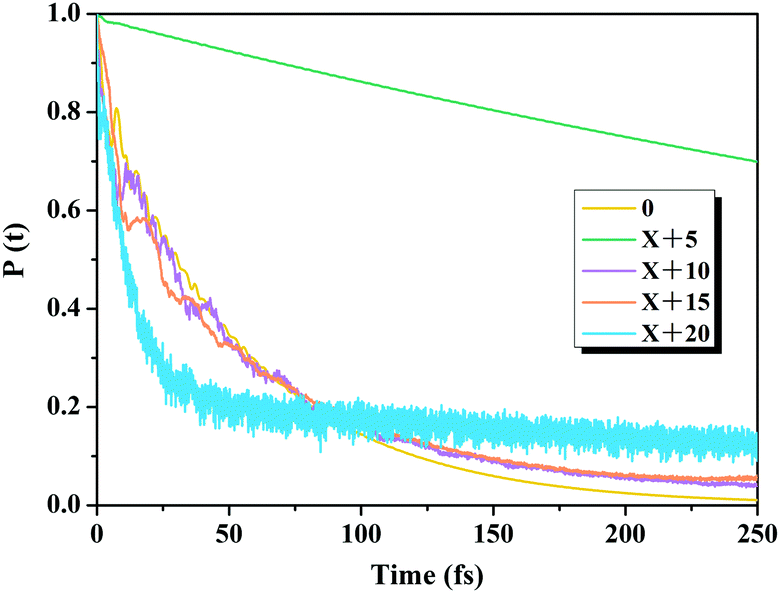

In the traditional paradigm of static reliability, individual components have a binary status: either working or failed.

In this text we will only deal with static models of reliability. Dynamic reliability, instead, assumes that some failures, so-called primary failures, promote the emergence of secondary and tertiary faults, with a cascading effect. Static modelsassume that a failure does not result in the occurrence of other faults. Reliability models can be divided into static and dynamic ones. To study reliability you need to transform reality into a model, which allows the analysis by applying laws and analyzing its behavior. These conditions can lead to material degradation or chemical and physical processes that make the component no longer suitable. Phenomenon that depends on the characteristics of the environment in which the component is operating. State of physical degradation of the component it manifests itself as a result of aging phenomena that accompany the normal activities (friction between the materials, exposure to harmful agents, etc.) Operational variable that depends mainly on the specific characteristics of the material (thermal inertia), as well as the spatial and temporal distribution of heat sources. The structural characteristics of the component play an important role, and should be assessed in the broadest form as possible, incorporating also possible design errors, embodiments, material defects, etc. Basic elements of probability theory, as the sample space, random events and Bayes' theorem should be revised for a deeper understanding.įunction of the temporal and spatial distribution of the load conditions and of the response of the material. This chapter presents a discussion of reliability theory, supported by practical examples of interest in operations management. Reliability involves almost all aspects related to the possession of a property: cost management, customer satisfaction, the proper management of resources, passing through the ability to sell products or services, safety and quality of the product. You can try to prevent potential failures, acting on the design, materials and maintenance. Reliability study can be also used to understand how faults can be avoided. In fact, availability depends on the time between two consecutive failures and on how long it takes to restore the system. Indeed, we can try to derive from reliability also the availability performance of a system. In addition to the prediction of system durability, reliability also tries to give answers to other questions. In the end, given that the human element is almost always part of the systems, it often has to do with psychology and psychiatry. Reliability is closely related to mathematics, and especially to statistics, physics, chemistry, mechanics and electronics. It also has sub-disciplines, all related - in some way - to the study and knowledge of faults. For this definition, any discussion on the reliability basics starts with the coverage of the key concepts of probability.Ī broader definition of reliability is that "reliability is the science to predict, analyze, prevent and mitigate failures over time." It is a science, with its theoretical basis and principles. Then, reliability can be defined as the time dependent probability of correct operation if we assume that a component is used for its intended function in its design environment and if we clearly define what we mean with "failure". The elements necessary for the definition of reliability are, therefore, an unambiguous criterion for judging whether something is working or not and the exact definition of environmental conditions and usage.

Reliability is defined as the probability that a component (or an entire system) will perform its function for a specified period of time, when operating in its design environment. Still as an example, consider how, in the study of service level, it is important to know the availability of machines, which again depends on their reliability and maintainability. For example, in the calculation of the Overall Equipment Effectiveness (OEE) introduced by Nakajima, it is necessary to estimate a crucial parameter called availability. The study of component and process reliability is the basis of many efficiency evaluations in Operations Management discipline.


 0 kommentar(er)
0 kommentar(er)
